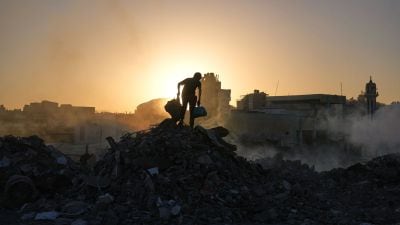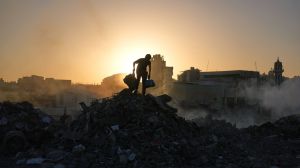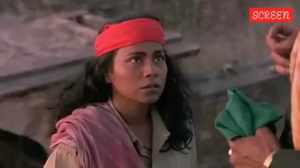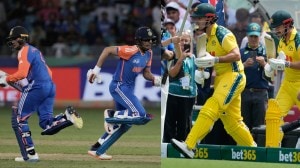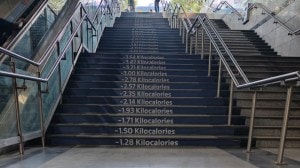Kargil — The other war against nature and heights takes its toll
DRASS, MAY 12: The MIG-29 fighter jets roar overhead and Cheetah helicopters fly close to the Line of Control on air surveillance operatio...

DRASS, MAY 12: The MIG-29 fighter jets roar overhead and Cheetah helicopters fly close to the Line of Control on air surveillance operations. Though by and large the Bofors Howitzers are sheathed, an occasional cannon still opens up. The Multi-Barrel Rocket Launchers (MBRLs) have been pulled back.
The Army has this year cleared snow from Zojila Pass at 11,642 feet almost a month ahead of schedule. There are also plans to widen the road at three places — work has already commenced on one. These are all part of the stern posturing by the Indian armed forces where Pakistani forces had intruded last year.
“So far only the battle has been won, the war has just begun,” a senior officer of Drass brigade said. The war, being fought under the Leh-based 14 Corps, is against the forces of nature and is taking its toll too. At minus 16 degrees Celsius, the soldiers are being afflicted by frostbite, chilblains, high altitude pulmonary oedema and other injuries due to the severe cold.
If the cold doesn’t get the soldiers, the steep heights can. Two soldiers of the Grenadiers battalion here fell 500 feet to their death on Monday near Tiger Hill. A Junior Commissioned Officer (JCO) of 4 Jat also fell into a deep crevice while climbing down from his post at Kaksar.
“He had just got his leave and was climbing down to go home. One wrong step at 16,500 feet and he was killed,” said an officer. While the morale of the soldiers is “always high”, it is the effort of holding regained territory and areas not held earlier in this icy desert which is taking a toll on their backs.
“It is the unnatural load that the soldiers have to carry for eight hours on their way to posts at 17,000 feet which is literally breaking their backs. At these heights, it is difficult even to walk but the soldiers have to carry pipes, cement bags, bullet-proof prefabricated huts and so on. Ideally these loads should be underslung on helicopters but we don’t have that kind of an ideal situation here,” a officer lamented.
But the Army is trying to make the soldiers’ life at these high-altitude posts somewhat pleasant by sending television sets, video cassette players (VCPs), movies, music systems and latest cassettes.
On other fronts too, the Army is taking no chances this time. Last year, all construction could not be completed before the winter set in. But this time, construction work has already started. The construction of bunkers is in full swing. The Army is facing a severe accommodation crunch for both officers and men in the sub-zero temperatures.
For the people of the area, however, life is returning to normal. Not a single shell has been fired from the Pakistani side since the battle ended. Small arms fire has also been negligible. The Army has found a novel method to keep Pakistan from firing at the 12-km stretch at Kaksar which it can see from the dominating peaks. When Pakistan fires at the Kaksar stretch of the road, the Army which dominates the Neelam Valley road on the Pakistan side opposite Kupwara starts firing there, firmly silencing the Pak guns.
“This tactic has proven to be a great success. The effect on Pakistan of our firing on the Neelam Valley road is immediate. It has gone a long way in making the life of people in Kaksar more relaxed,” an officer said.



- 01
- 02
- 03
- 04
- 05


